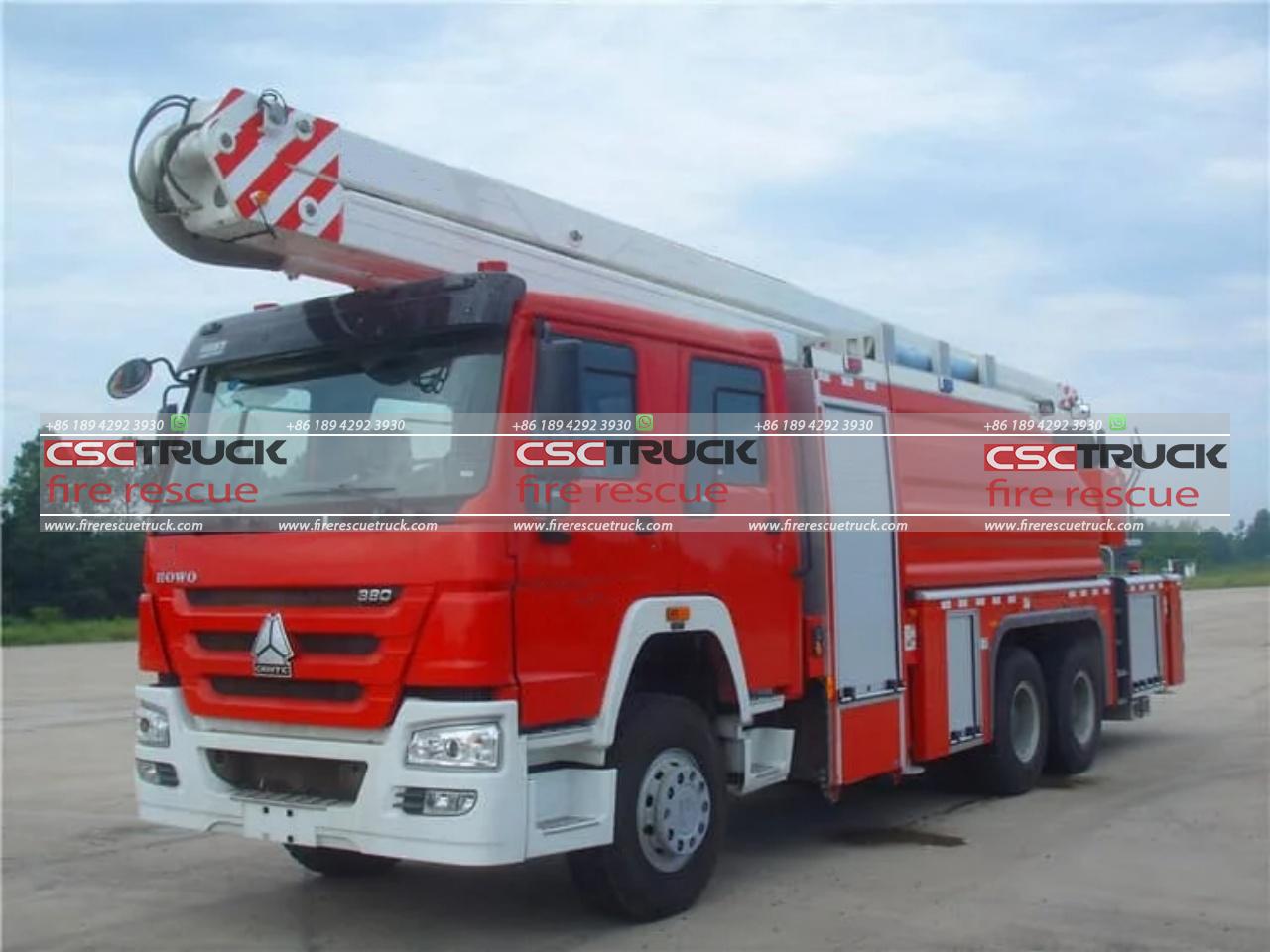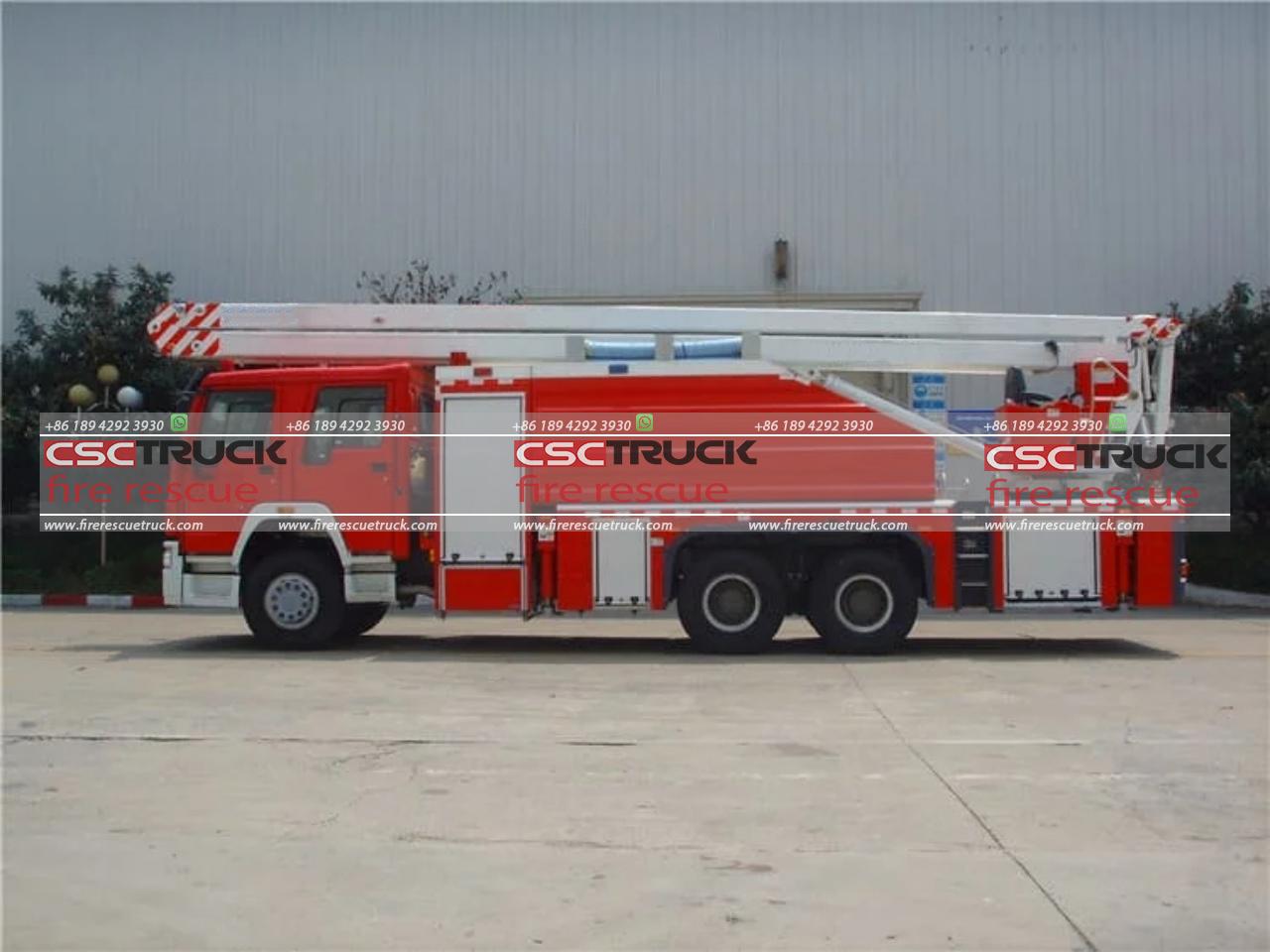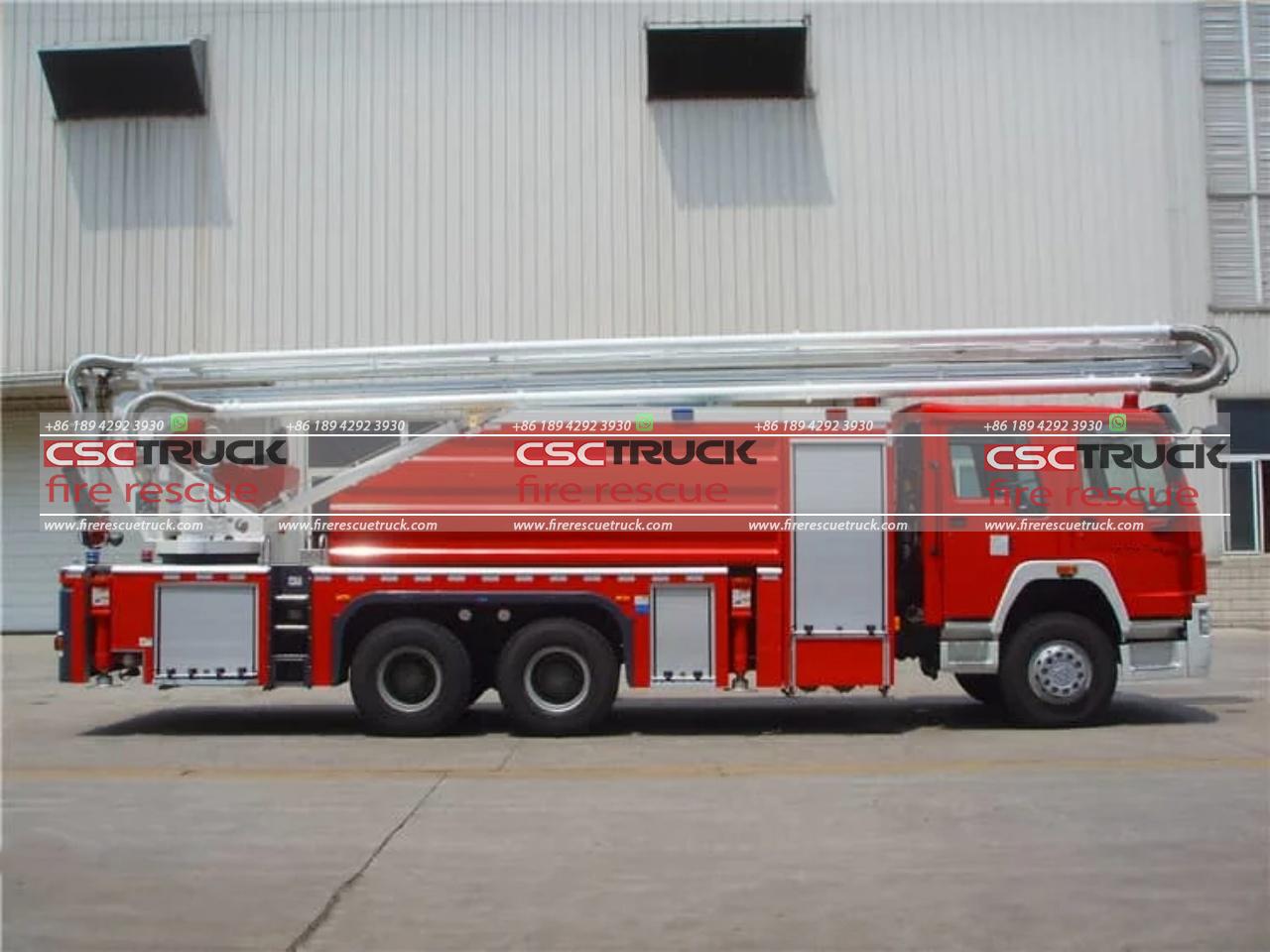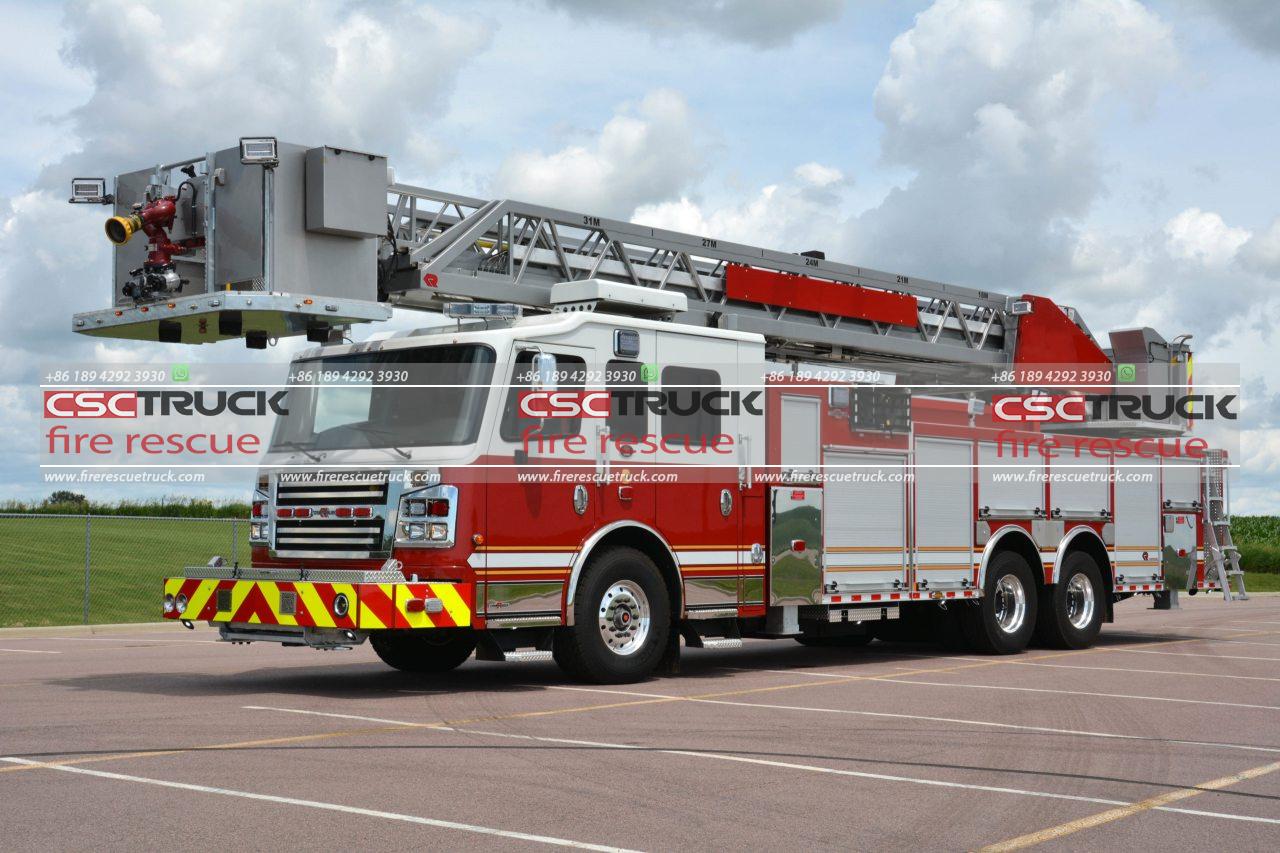What is a Fire Truck in English?
A fire truck, sometimes called a fire engine or a fire apparatus, is a specialized vehicle designed to assist firefighters in responding to emergencies, particularly fires. These vehicles are equipped with various tools and technologies that enable fire suppression, rescue operations, and the handling of hazardous materials. But what exactly defines a fire truck, and what makes it such a crucial part of public safety systems? This article delves into the history, types, components, and functions of fire trucks, providing a comprehensive look at their significance in modern society.
A Brief History of Fire Trucks
The concept of fire trucks as we know them today has evolved significantly over the centuries. The earliest fire-fighting devices were simple water buckets, and fire engines in the 17th century were manually powered pumps mounted on carts. These early “fire engines” were pulled by hand or horses and relied on a group of people to pump water. The technology was rudimentary but revolutionary for its time, and it laid the foundation for the development of the modern fire truck.
In the 19th century, steam-powered fire engines were introduced, dramatically improving efficiency. Firefighters could pump more water at higher pressure, significantly increasing their ability to control fires. With the advent of the internal combustion engine in the early 20th century, motorized fire trucks came into existence, making them faster, more powerful, and more effective.
Today’s fire trucks are equipped with a wide range of tools, including hoses, ladders, water pumps, and advanced communication systems, making them highly versatile machines.

Types of Fire Trucks
Fire trucks are not all the same. Different situations call for different kinds of apparatus. The main categories of fire trucks are as follows:
1. Pumper Truck (Engine)
The pumper truck is the most common type of fire truck. It is typically the first vehicle to arrive at the scene of a fire. Its primary function is to transport firefighters and their equipment and pump water through hoses to extinguish fires. These trucks come equipped with large water tanks, pumps, and an array of hoses. Additionally, pumper trucks carry ground ladders, firefighting tools like axes, halligan bars, and various nozzles to adapt the flow of water to different situations.
2. Aerial Ladder Truck
An aerial ladder truck, often referred to as a ladder truck or simply a “ladder,” is equipped with a large, extendable ladder. These ladders can reach several stories high, making them essential for firefighting in tall buildings or for rescuing people from elevated locations. Some aerial trucks have baskets at the end of the ladder, allowing firefighters to safely carry people down. This type of fire truck often has fewer water-pumping capabilities compared to a pumper truck, focusing more on access and rescue.
3. Tanker (Water Tender)
A tanker fire truck is primarily designed to transport large quantities of water to areas where hydrants are not available, such as rural or remote locations. They often accompany pumper trucks when fighting fires in such places, supplying water for firefighting operations. Tankers can carry anywhere from 1,000 to 5,000 gallons (3,785 to 18,927 liters) of water, depending on their size.
4. Heavy Rescue Vehicle
Heavy rescue vehicles are specialized units designed for technical rescue operations. These trucks carry equipment needed for various kinds of rescues, such as vehicle extrication, building collapses, trench rescues, and confined space rescues. They contain tools like hydraulic cutters, spreaders (commonly known as the “Jaws of Life”), and other advanced rescue equipment. While they don’t always carry water or pumps, they are critical in saving lives in non-fire emergencies.
5. Hazardous Materials (HazMat) Vehicle
The HazMat fire truck is dedicated to handling hazardous materials incidents. These trucks are equipped with specialized tools and gear to deal with dangerous chemicals, gases, and other hazardous substances. The crew members of a HazMat vehicle are specially trained to deal with hazardous conditions, such as chemical spills, gas leaks, or radiological emergencies.
Components of a Fire Truck
Fire trucks are far more than just large vehicles. They are complex machines outfitted with numerous components designed to assist in various emergencies.
1. Water Pump
The pump is the heart of any fire truck designed to fight fires. Most pumper trucks have pumps that can move between 750 and 1,500 gallons of water per minute (2,839 to 5,678 liters). These pumps are powered by the truck’s engine and can draw water from an onboard tank or an external source, such as a fire hydrant.
2. Water Tank
Pumper trucks are equipped with water tanks that typically hold 500 to 1,000 gallons (1,892 to 3,785 liters) of water. This allows firefighters to start battling a fire as soon as they arrive on the scene, without needing to immediately connect to a hydrant. Tankers, on the other hand, carry much larger tanks, providing a portable supply of water in areas without hydrants.
3. Ladders
Fire trucks carry ladders of various lengths, from small, portable ladders to the massive, extendable aerial ladders found on ladder trucks. These ladders are essential for accessing difficult-to-reach areas, such as the upper floors of buildings or rooftops.
4. Hoses
Fire trucks carry multiple hoses designed for different tasks. These range from small-diameter hoses used to fight smaller fires to large-diameter hoses that can deliver thousands of gallons of water per minute. Firefighters can also switch between various nozzles that change the flow of water, from a narrow jet to a wide spray.
5. Tools and Equipment
Fire trucks carry a wide range of tools to assist in firefighting and rescue operations. These include axes, sledgehammers, crowbars, thermal imaging cameras, and power tools for cutting through debris or opening doors. Many trucks are also equipped with breathing apparatus, allowing firefighters to enter smoke-filled environments.

The Role of Fire Trucks in Emergency Response
Fire trucks play a critical role in responding to a wide range of emergencies. They serve as mobile command centers, supply essential firefighting and rescue equipment, and transport firefighters to the scene of an incident. When a fire breaks out, the swift arrival of a fire truck can mean the difference between life and death. Their ability to carry water, pump it efficiently, and provide firefighters with the tools they need ensures that fires can be controlled quickly and safely.
Moreover, fire trucks are often the first response units in other emergencies, including car accidents, natural disasters, and hazardous material incidents. Firefighters undergo extensive training in medical response, technical rescue, and hazardous material handling, which makes them versatile responders. In many communities, fire trucks are also equipped with basic medical equipment to provide first aid and CPR before paramedics arrive.
Modern Innovations in Fire Trucks
Modern fire trucks are equipped with cutting-edge technology to enhance their functionality and efficiency. Many fire trucks now feature GPS systems to help firefighters navigate quickly to the scene of an emergency. Some have onboard computers that allow for real-time communication with other emergency services.
Newer trucks are also being designed with environmentally friendly technologies, such as hybrid or electric engines, to reduce their carbon footprint. These innovations ensure that fire trucks remain an essential part of emergency response systems, capable of adapting to the challenges of modern firefighting and rescue operations.

Conclusion
The fire truck is a vital tool in the world of emergency services, capable of not only fighting fires but also conducting rescues, handling hazardous materials, and offering emergency medical aid. These vehicles have come a long way from their humble beginnings as manually powered pumps to the sophisticated machines we see today.







